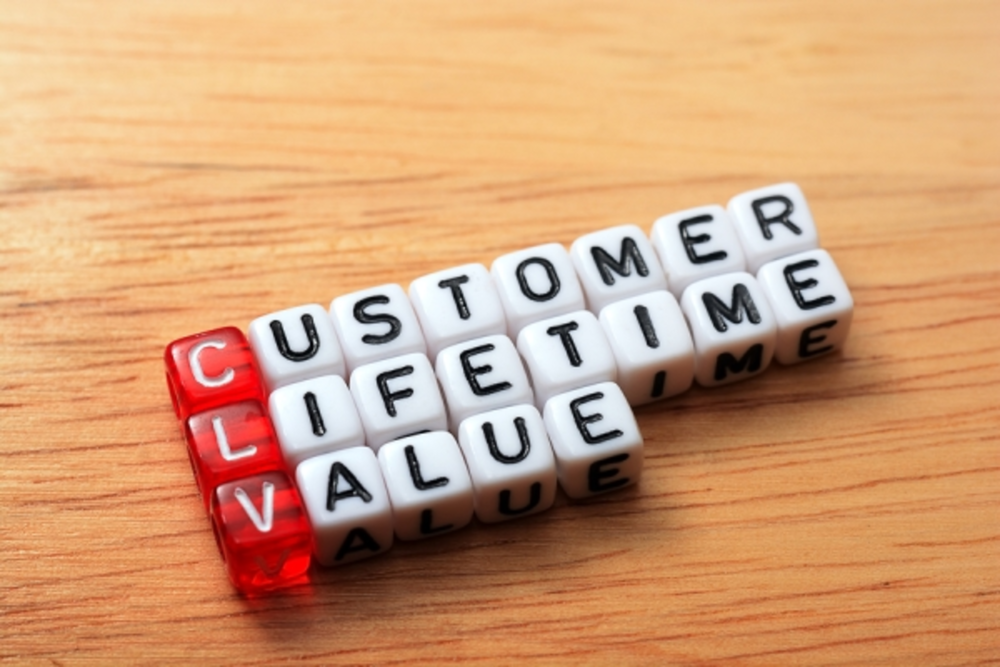These are odd times. As some traditional publishers fold pricey magazines under the weight of the digital revolution, other print magazines have become a luxury item. Music sales—digital or otherwise—continue to decline, yet vinyl sales were up more than 50% in 2014, marking their seventh straight year of growth.
Marketers have a similarly dichotomous relationship with direct mail.
While postage hikes remain the talk of the direct mail town, the channel is seeing resurgence in popularity. “The majority of customers do not want text messages from businesses [and]…most companies can only reach 40% to 50% of their customers via email,” explains Rhonda Basler, segment director of customer engagement at Hallmark Business Connections. “That leads us to the remaining 70% to 90%. Social media and mass advertising give us great ways to reach them, but are much harder to connect one-to-one.” That leaves direct mail.
Direct mail’s inherent ability to connect businesses to their customers proves essential in this age of empowered consumers; an era where one of the highest priorities in marketing is the nurturing of customer lifetime value (CLV).
Here, Basler and other experts reveal the strengths of today’s direct mail in bolstering customer lifetime value.
Complementary qualities
As savvy and innovative digital marketing technology becomes more available, marketers are working to find new uses for direct mail. “‘Direct mail is dead’ may be a great catchphrase, but it simply isn’t true,” says David McRae, managing director of data and technology services for Yes Lifecycle Marketing. “Digital marketing is cheaper and less time consuming than direct mail, but the payoff isn’t the same. Further, direct mail is complementary to other channels.”
McRae says that direct mail’s strength as a customer lifetime development channel is largely due to its ability to reinforce other channels. “Because direct mail is a standalone entity from digital channels, marketers can reach consumers in a less crowded space and have a better chance of capturing attention and driving conversions.”
Higher acquisition
“Direct mail plays a major role in all areas of the customer lifecycle, but is most important to the acquisition stage,” McRae notes. “In fact, direct mail results in higher rates of acquisition than any other channel, so it’s a great vehicle to drive new subscribers.”
One reason it’s still a powerhouse when it comes to customer acquisition: the channel has a firmly established identity as a communications channel.
“[Direct mail] is essential in truly reaching and engaging the majority of our customers,” Hallmark’s Basler says. “It improves retention and loyalty, and gives our brands the capability of creating advocates. They will feel compelled to share all those great feelings with others, creating the golden, and trusted, word-of-mouth advocacy every business strives for.”
Innate relevance
Relevant messaging is one of the most essential aspects of successful, modern marketing—period. Whether the inbox or the mailbox, customers expect businesses to serve them content that is particularly germane to their interests and behavior. Advanced analytics platforms can help brands deliver these highly relevant messages, but few digital experiences carry the inherent intimacy of mail.
Direct mail’s greatest strength lies in its ability to enhance the sentiment behind all of the customer data and analytics that go into delivering highly targeted, relevant messages. “Pioneering brands [are] linking their digital customer segments, advanced profiles, and overall consumer intelligence with their direct mail output. This allows for greater personalization and increased relevancy to the consumer, rather than a one-message-to-all approach,” say Mark Harrington, VP of marketing at consumer intelligence platform Clutch. “This relevancy can dramatically increase response, thus increasing customer lifetime value.”








